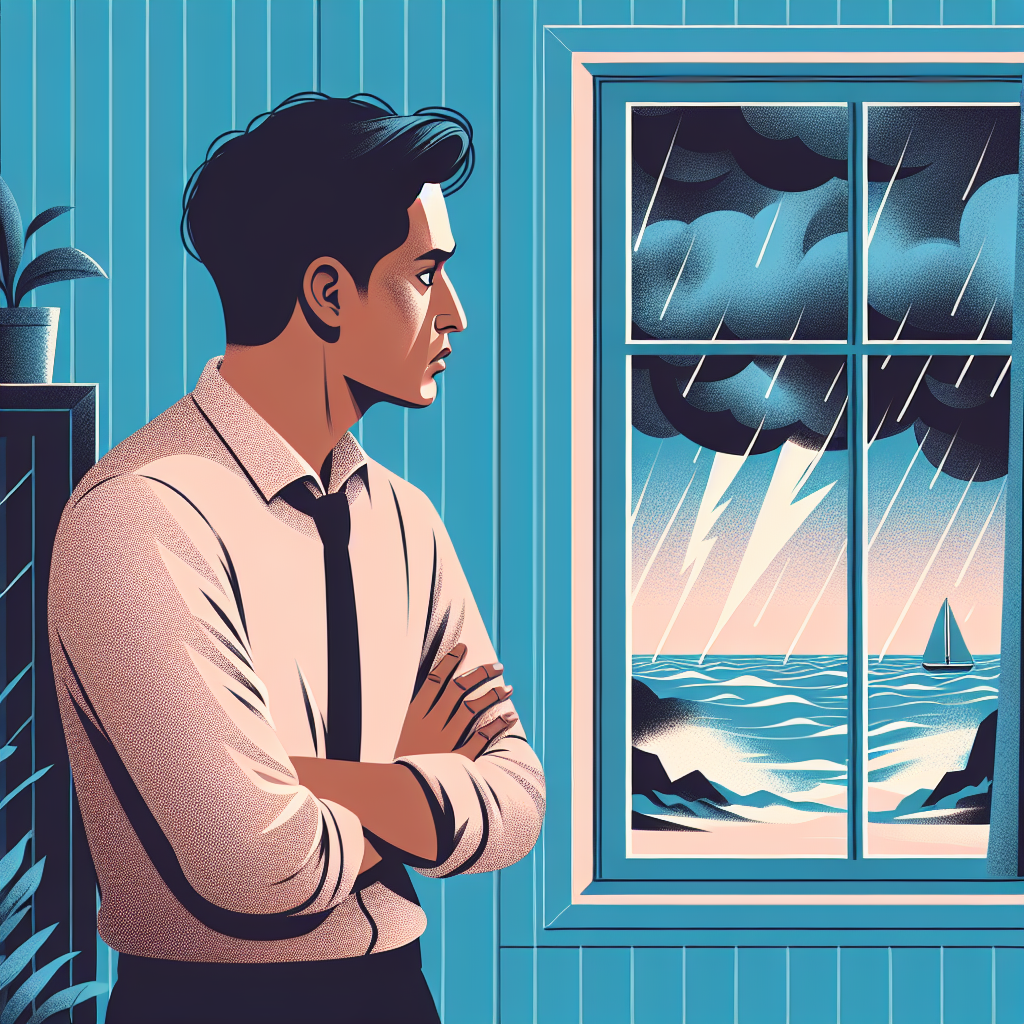Natural Disasters and Eco-Anxiety: Unveiling the Psychological Impact
With the rise in natural disasters, a new wave of mental stress known as eco-anxiety has emerged. This condition is characterized by chronic fear of environmental doom. In this article, we delve into the connection between natural disasters and the increase in eco-anxiety cases.
Understanding Eco-Anxiety
Eco-anxiety is often triggered by direct exposure to the aftermath of environmental catastrophes. As the planet grapples with an uptick in extreme weather events, more individuals find themselves experiencing lingering psychological distress. Recognizing the symptoms early is key for intervention.
Adolescents and young adults, in particular, seem more susceptible, as highlighted in our piece on eco-anxiety across age groups. Meanwhile, the workplace has not been immune to this phenomenon either; details on this can be found in our discussion on eco-anxiety in the professional environment.
Public Health Implications
Tackling eco-anxiety is becoming a critical agenda in public health discussions. Communities affected by natural disasters require comprehensive support systems that address both physical and mental health needs.
Moreover, the role of corporates is undeniable. Adoption of sustainable practices can alleviate the collective worry for the environment by showing real action against the causes of eco-anxiety.
Sources: American Psychological Association, The Lancet
